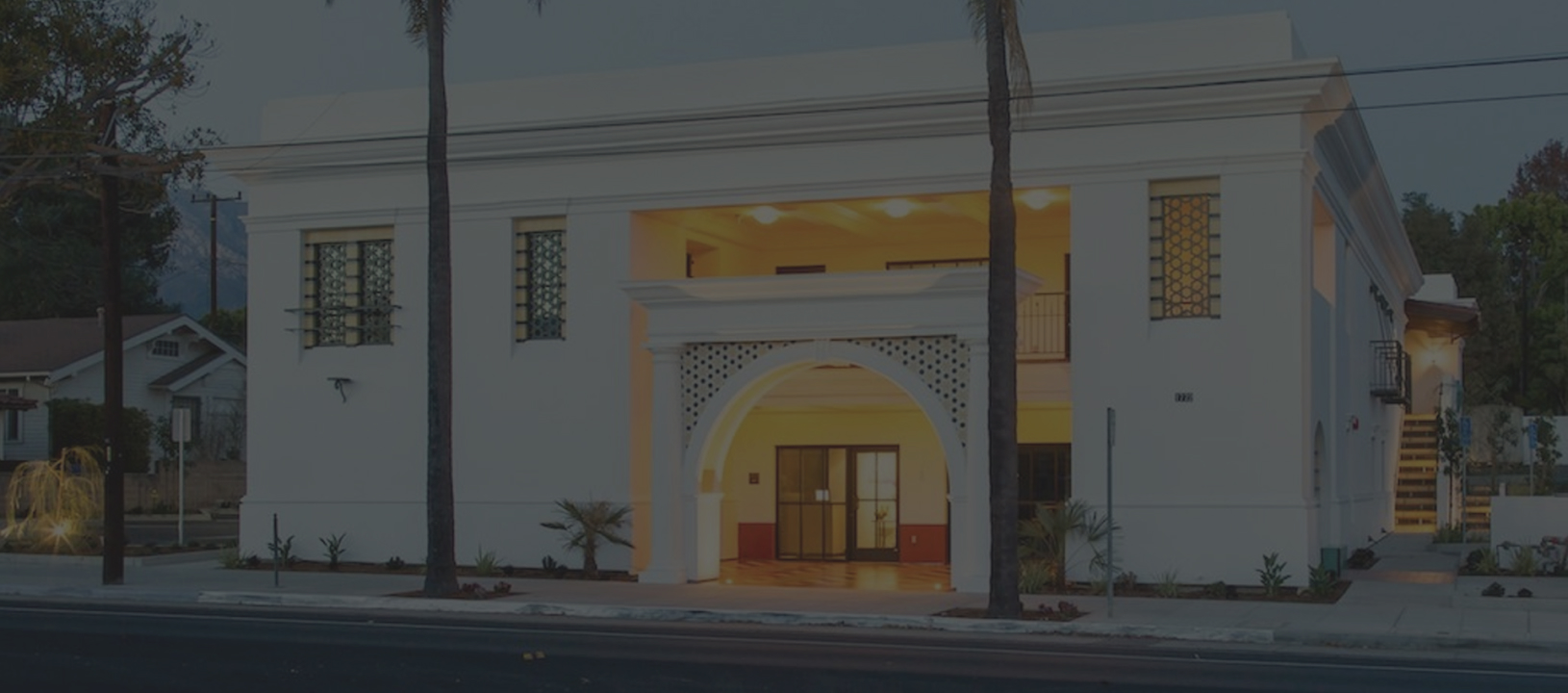Yesterday the United States Preventive Services Task Force released new guidelines for recommended breast cancer screenings in women, revising the suggested age for mammograms to 50 from 40 and decreasing the frequency of such tests to every two years rather than the previous annual exam. This government-appointed panel of medical experts, which provides guidance on public health concerns to both doctors and insurance companies, found there was sufficient new data to warrant the changes in policy. These new guidelines do not apply to women who are considered to be at higher risk for breast cancer than the general population, such as those with previous chest radiation or a family history of cancer.
At the forefront of the new guidelines was data collected from studies conducted in England and Sweden, which indicated there was little increased benefit in yearly screening versus screening every two years. Meanwhile, multiple cancer-oriented organizations, such as the American Cancer Society, are strongly opposing these new recommendations. As technology evolves, what is clear is that screening recommendations will continue to evolve. New studies such as precision ultrasound and MRI are becoming increasingly frequent modalities for breast cancer detection, and this is particularly true in our local community where our breast screening radiologists are so well regarded. As for my own recommendations, I feel that the needs for various screening techniques and protocols are specific enough from patient to patient that each individual should discuss the pros and cons of early mammography screening with their primary care doctor, and proceed in the manner that makes them most comfortable. My practice will continue to remain very involved in breast reconstruction until the day that we all hope comes, when those services are no longer needed.

